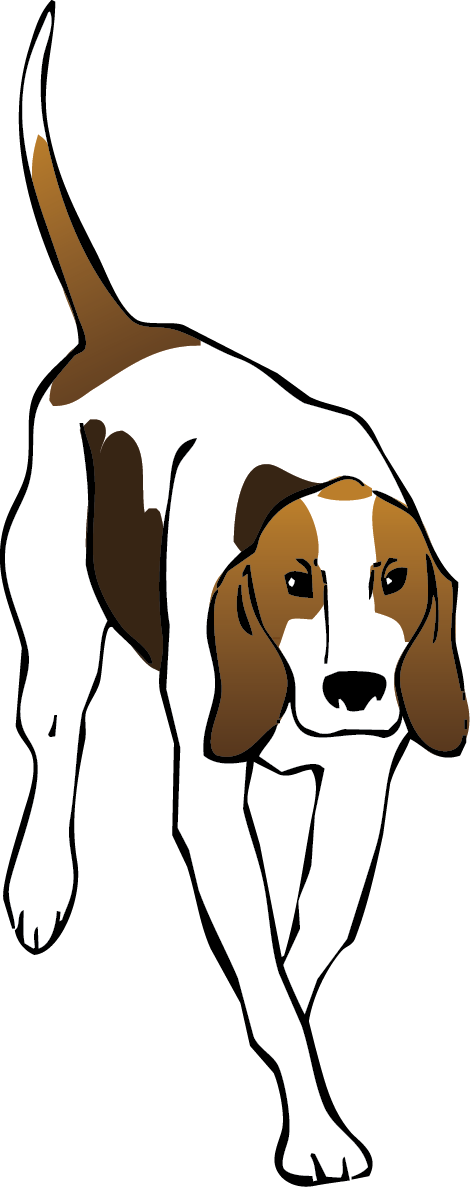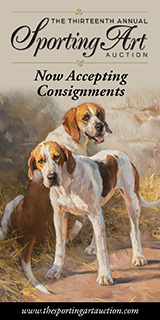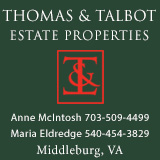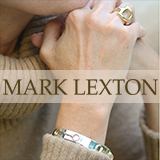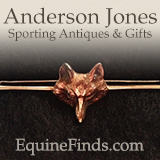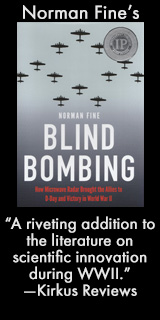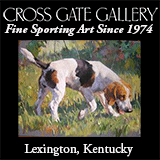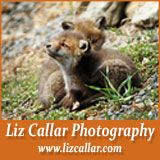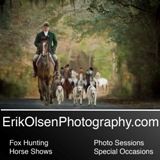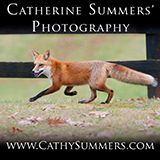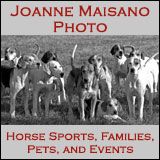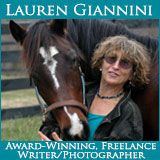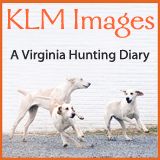January 9, 2018
Major Charles Kindersley and the Modern English Foxhound
Virtually every coop, bridge, landmark, or covert in the Belle Meade Hunt foxhunting country (GA) has a name, so that huntsman, mounted whippers-in, and road whips can accurately and concisely communicate the location and direction of hounds by radio for their safety. What does this have to do with the late Major Kindersley, MFH of Ontario's Eglinton and Caledon Hunt? Only that one of the coops very often in the middle of the hunting action at Belle Meade is named “Major Kindersley’s Coop,” and virtually everyone who has hunted at Belle Meade is familiar with the name. But what do many of today's younger foxhunters know of the man? Here's the Major's story.
Charles Kindersley was born in Dorset, England, in 1900, and grew up with the traditional family pony in the South Dorset hunting country. When World War I broke out, the nearby army camp had to give up its beagle pack. The hounds were rescued by the local vet who, after seeing Charles’ interest, let him hunt the pack. This bit of experience would turn out to be highly valuable to the future Eglinton Hunt in Ontario, Canada.
Major Charles Kindersley and the Modern English Foxhound
Virtually every coop, bridge, landmark, or covert in the Belle Meade Hunt foxhunting country (GA) has a name, so that huntsman, mounted whippers-in, and road whips can accurately and concisely communicate where the action is by radio. What does this have to do with the late Major Kindersley, MFH of Ontario's Eglinton Caledon Hunt? Only that one of the coops very often in the middle of the hunting action is named “Major Kindersley’s Coop,” and virtually everyone who has hunted at Belle Meade is familiar with the name. Here's the Major's story.
In 1919, George Beardmore, MFH of the Toronto and North York Hunt (ON), bought the old World War I aerodrome land on Avenue Road and Eglinton Avenue for the purpose of setting up a riding establishment, including a drag pack. Most of the Toronto and North York members lived in Toronto and travelled the twenty-five miles to the kennels in Aurora only on weekends. These new facilities gave members the opportunity to ride during the week, hunt with the drag pack, and still keep up with their day’s work at the office. Over the years that pack became known as the Eglinton Hunt. Between the wars, the Eglinton Hunt also acquired land on Leslie Street north of Toronto.
